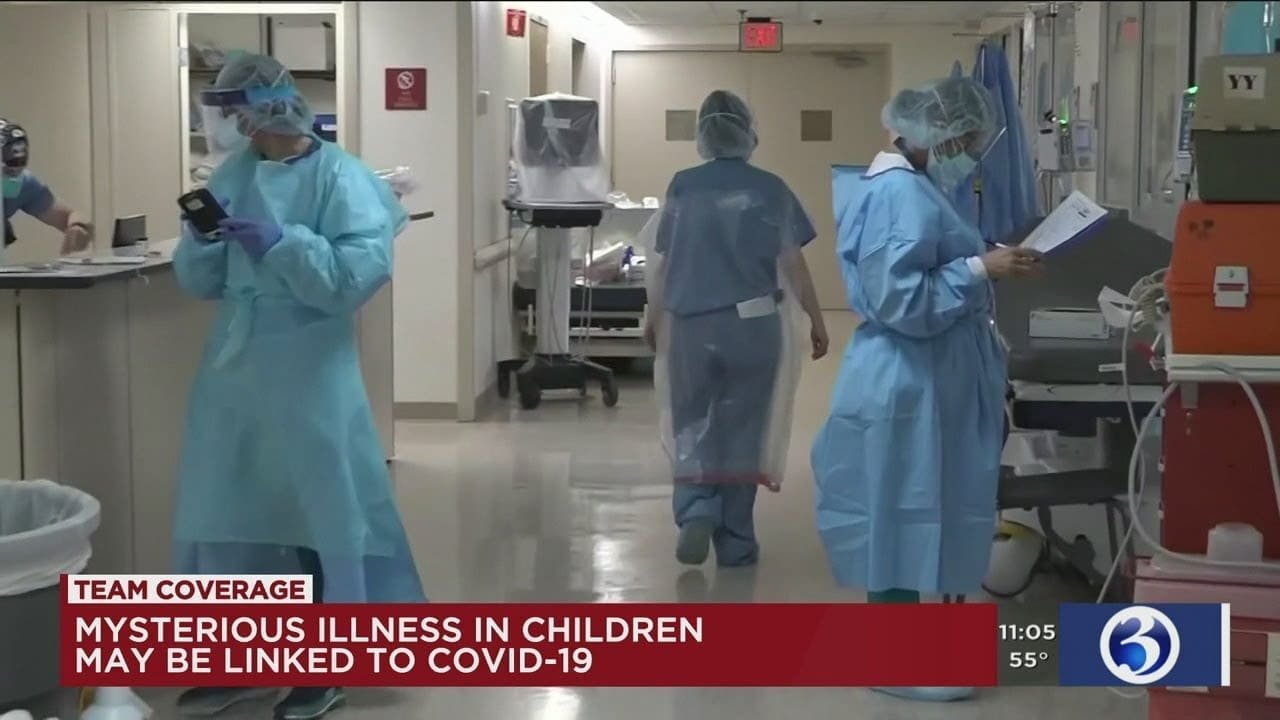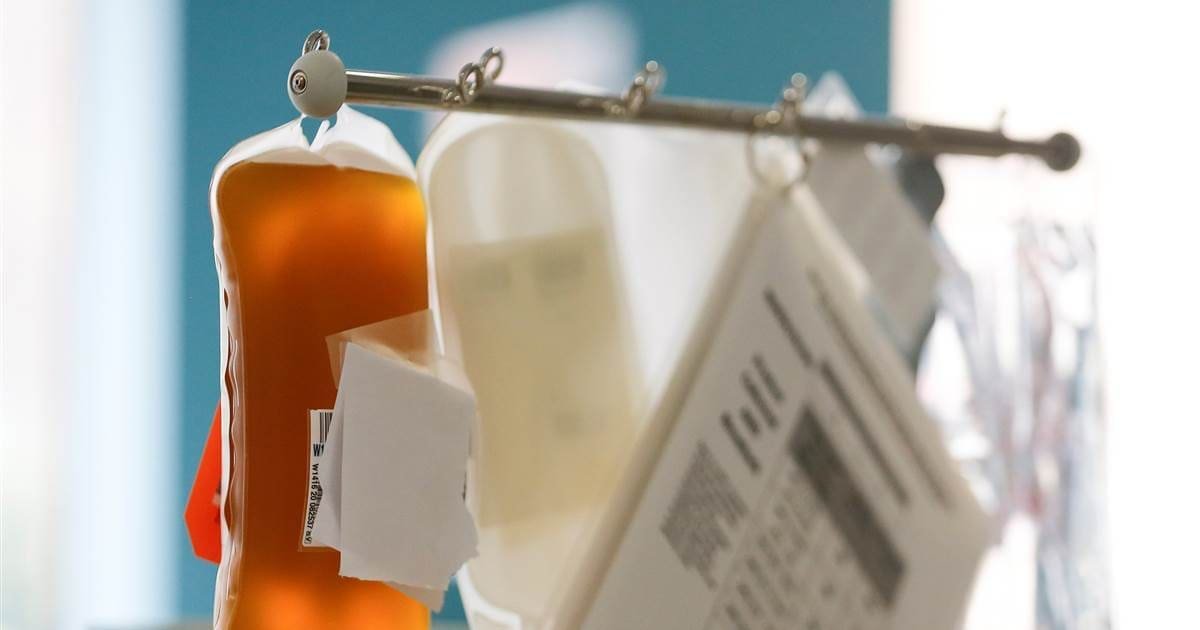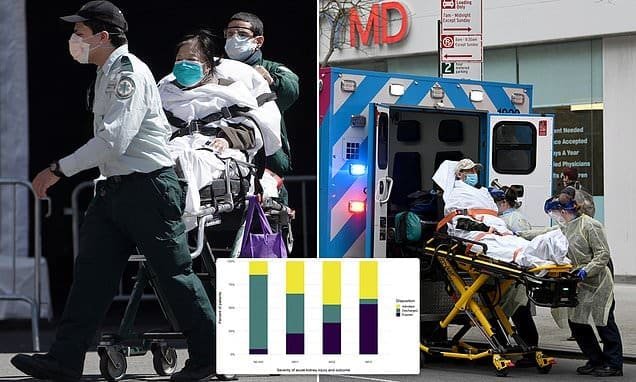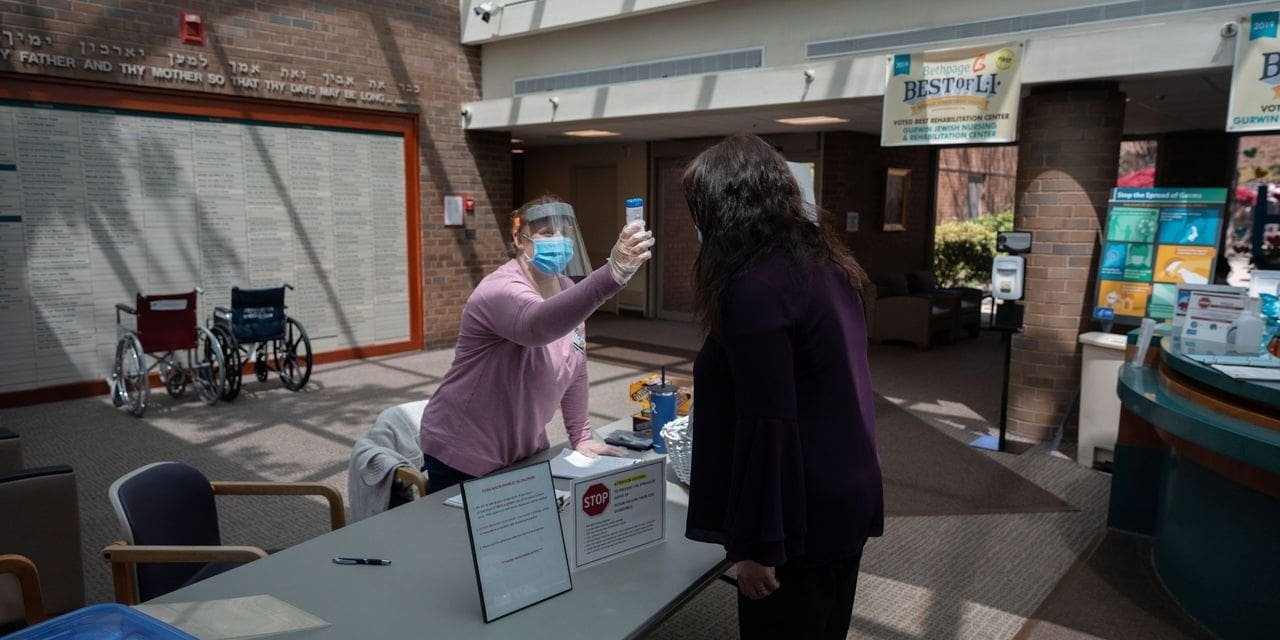After the flood: How the next wave (or waves) of COVID-19 will look in Canada
Picture a stone falling into water. Depending on the angle of entry, it could splash and sink and never rise again, or it could skip, in shrinking leaps — once, twice, again and again, until it disappears. It could be the only stone. It could be the first of several. It might be the largest. Or it might be a preview of a larger stone, with a deeper splash, to come.
In most Canadian provinces, with Quebec the tragic exception, the first wave of the SARS-CoV-2 pandemic is beginning to recede. On Wednesday, with case growth stagnant and the health-care system coping well, British Columbia announced a cautious plan to reopen society in the coming weeks. New Brunswick, where the virus that causes COVID-19 never really took hold, already has a plan in place. In Ontario, many businesses will be allowed to reopen for curb-side pick-up beginning next week.
The problem is, you have folks thinking, okay, we did it, we’re done
That gentle easing has many Canadians dreaming of a world where they could soon see their grandkids, hug their friends or go back to work. But experts who have studied this virus and past pandemics believe, almost universally, that the first wave was just the beginning of COVID-19, in Canada and around the world. They expect the disease to be part of our lives for at least the next 18-24 months. And what they’re worried about now, as much as anything else, is complacency. “The problem is, you have folks thinking, okay, we did it, we’re done. Let’s get back to regular life,” said Dr. David Fisman, an infectious diseases specialist and a professor of epidemiology at the Dalla Lana School of Public Health at the University of Toronto. “The problem is the virus is still here.”
WAVE OR WAVES?
No one is 100 per cent sure when the next wave will come or what exactly it will look like when it does. “There will be a second wave, right? I think it’s inevitable. The question is how big is that going to be?” said Dr. Isaac Bogoch an expert on infectious at the University of Toronto.
Around the world, epidemiologists and infectious disease specialists are racing to to answer that question as best they can. Last week, a group of scientists at the U.S. Center for Infectious Disease Research and Policy (CIDRAP) released a study that predicted three possible scenarios for the coming waves.
In the first scenario, the rocks keep falling. The first wave, the one just cresting now, is followed by a repeating series of smaller but still significant waves throughout the summer and into the fall before diminishing sometime in 2021. In that scenario, the waves are hard to predict, in timing and location. And every time they hit, extreme physical distancing might become necessary again.
It’s important to recognize that we don’t fully “understand why peaks occur in pandemics like this,” one of the authors, Michael Osterholm, the director of CIDRAP, told a briefing of the New York Academy of Scientists. “This virus, if it’s acting like a flu virus, may very well be in its own schedule and its own time. So the top scenario is one where it happens and then it just continues to burn and burn and burn and burn until basically enough people have been infected.”
In that scenario, we’re in for a lot of more of this, basically, over and over again for at least another year, with more deaths, more isolation, and more waxing and waning clamps on the economy.
The second scenario looks a lot more like the Spanish Flu. In that projection, the first rock was just a preview and the current wave isn’t the worst of it. Instead, after tapering off over the summer, COVID-19 returns in the fall with a bang, causing a larger, more significant wave that tears through the population before burning off in a series of much smaller waves over the next year.
That was the general pattern 100 years ago. In that scenario, full social isolation would likely return next fall, but might not be necessary after that.
In the third scenario, the rock skips. Instead of another wave, we get little bumps, again and again, all the way into 2022. Cases and outbreaks keep happening. But there’s no set pattern. “We just keep having situations like we’ve been having,” said Osterholm.
“This is going to be a marathon. This marathon is going to last another nine, 12, 18 months,” said Dr. Gabriel Leung, an epidemiologist and medical school dean at Hong Kong University, in a separate briefing.
THE COMING BOOMER WAR
How that marathon unfolds in Canada depends partly on luck and partly on our neighbours. But a big chunk of it depends on us, too. In the first wave, the main victims, 82 per cent of them, according to a Ryerson University count, have been vulnerable people, most of them seniors, living in long-term care. Those deaths will go down as one of the worst humanitarian tragedies in Canadian history. But the way they were clustered could have a dangerous effect on the broader public too, especially among older adults living at home, believes Dr. Samir Sinha, the director of geriatrics at Toronto’s Sinai Health System.
“You might actually see an odd situation where people start to really underestimate the risk to older people living in the community,” he said. “And older people themselves might start underestimating the risks for them because they never really saw the carnage that we expected to occur for community-dwelling older adults.”
Canada has a huge population of healthy older adults who don’t think of themselves as old. For months now, they’ve been cooped up at home, away from their kids and their grandkids. As rules around physical distancing ease, they’re going to want to go outside, see their families, live their lives. But it isn’t yet clear how they’ll be able to do that without putting themselves at a high risk of serious illness or death.

“There will be a second wave, right? I think it’s inevitable. The question is how big is that going to be?”
Peter J. Thompson/National Post
For Sinha, it’s all about balance and mitigating risk. He compared to it to sexual health. “There’s no such thing as safe sex,” he said, “only safer sex.” The same thing could be true for years when it comes to grandparent visits. “You’ve got folks who are saying, I just really want to see the grandkids, right?” Sinha said “And I say, well, if they’re above the age of six and they can control themselves, sure. But younger children, younger grandkids who are two or three, they don’t understand these notions of physical distancing.”
And the number one key to reducing risk, Sinha believes, is reducing and monitoring community spread of COVID-19. Bogoch agrees with gradually lifting public health restrictions. “But we have to watch the community spread of this infection extraordinarily closely over the coming weeks.”
The question now is whether the other provinces are prepared to do that. Fisman, for one, is feeling confident about what he’s seen so far. “I think someone’s going to get knocked by smugness moving forward,” he said. “Most of the country actually looks like they’re headed into the finish line for this wave. But I do think that when it resurges, someone’s going to … (end up) like New York City.”
• Email: rwarnica@nationalpost.com | Twitter: richardwarnica






Recent Comments